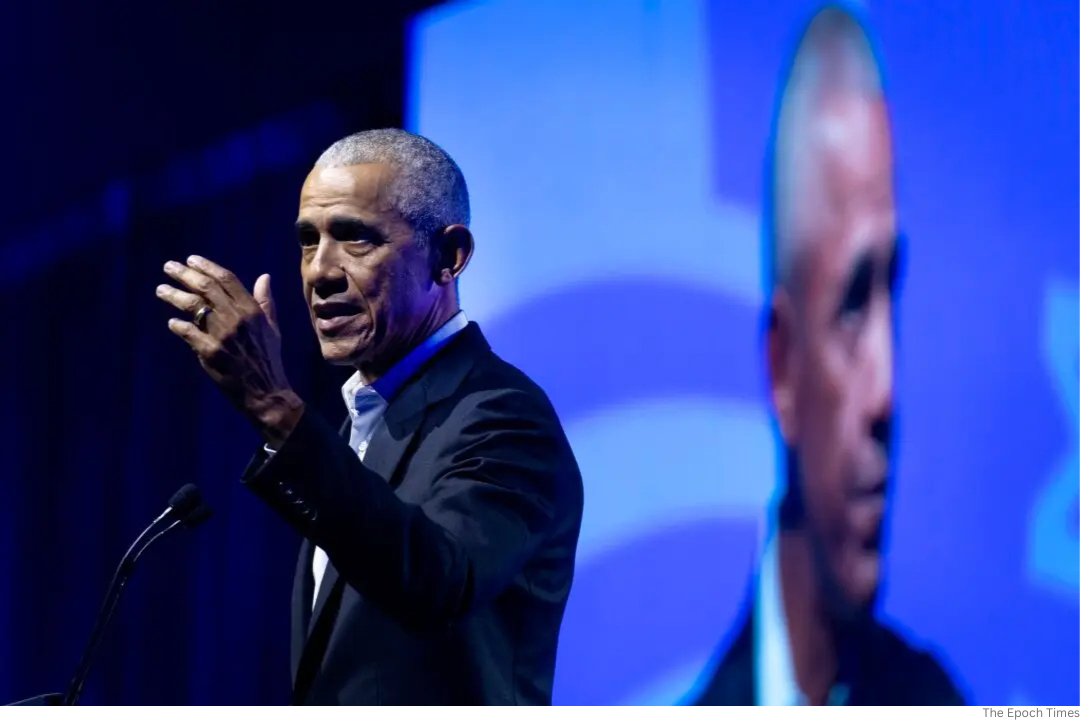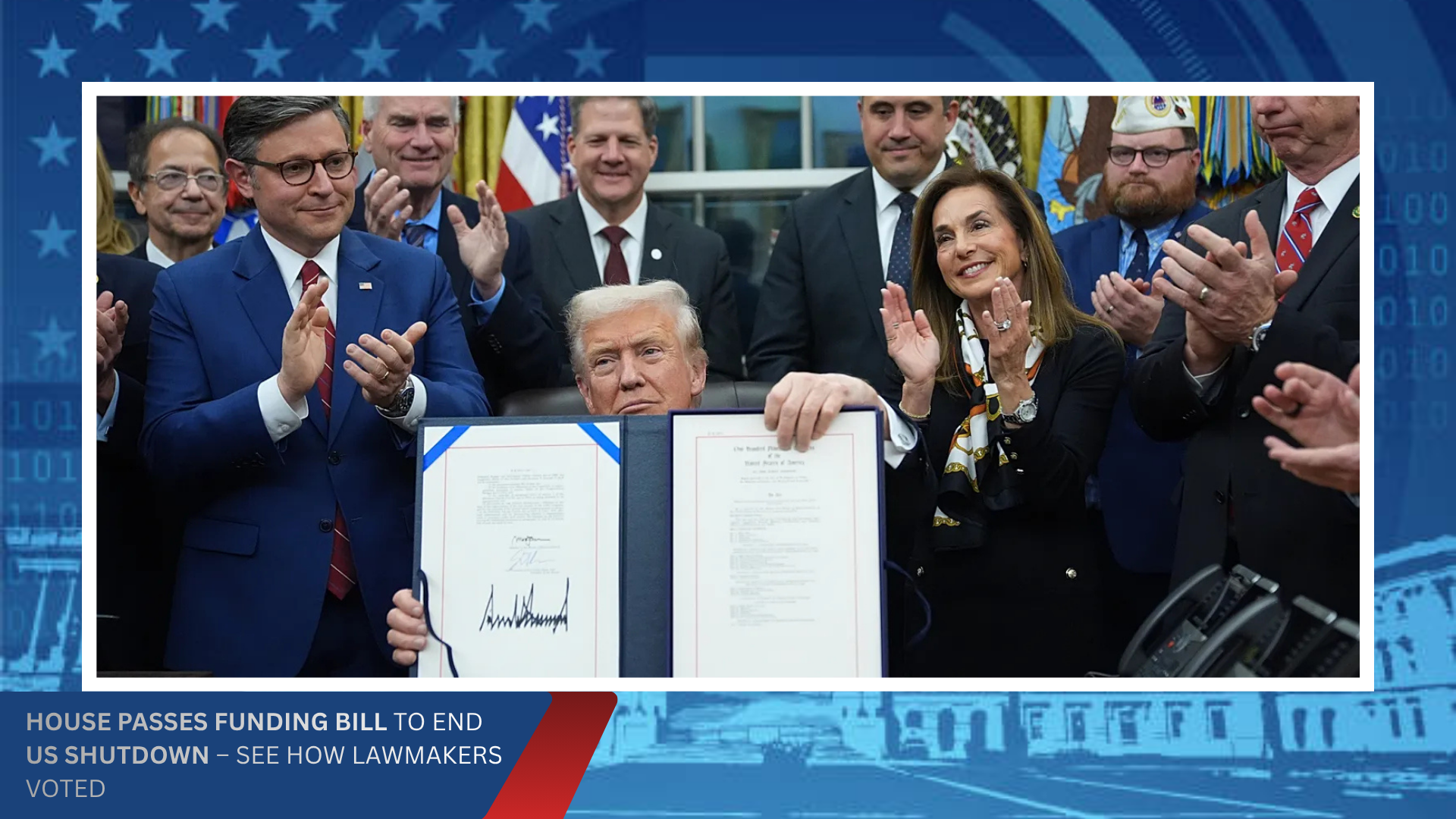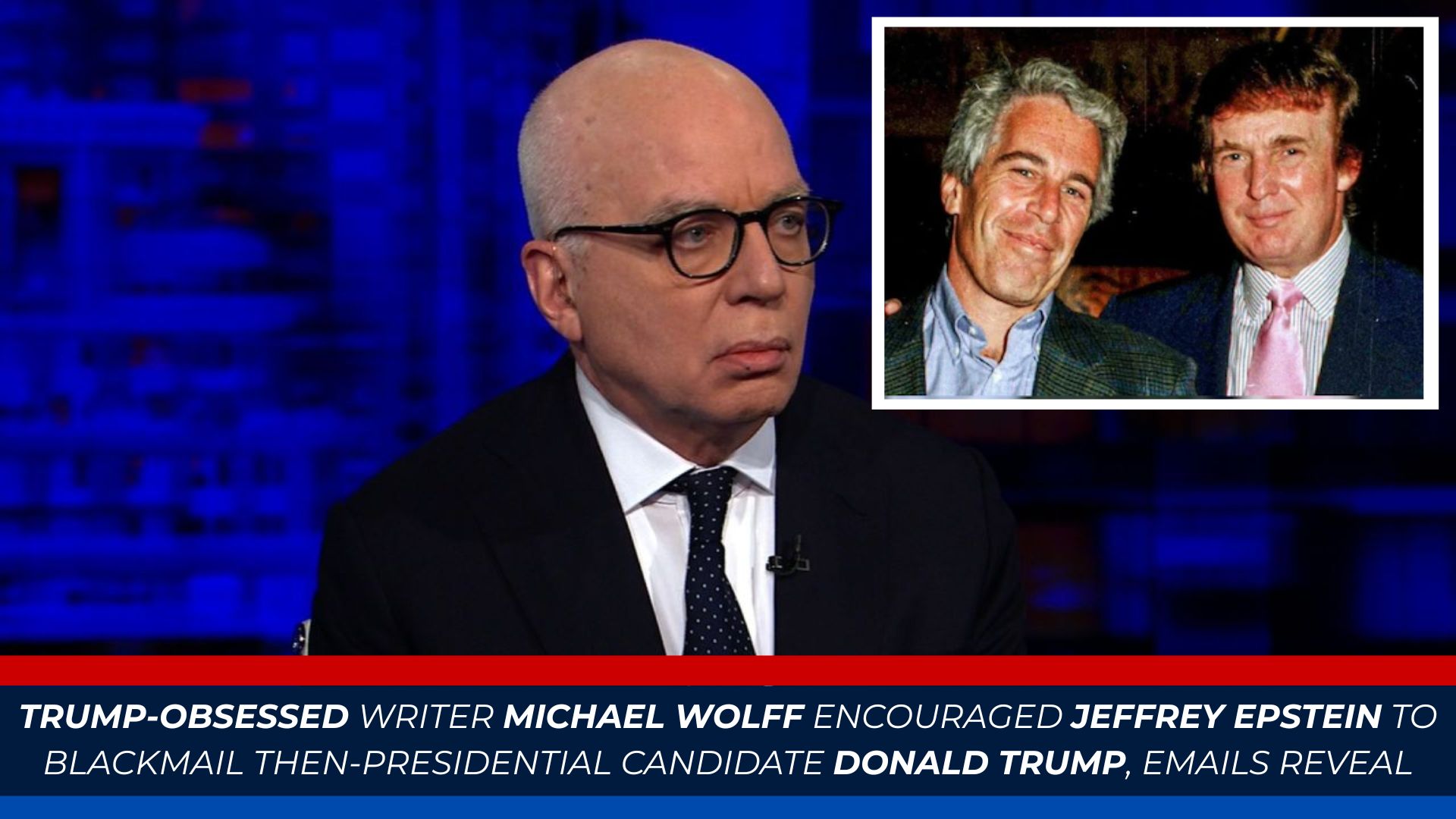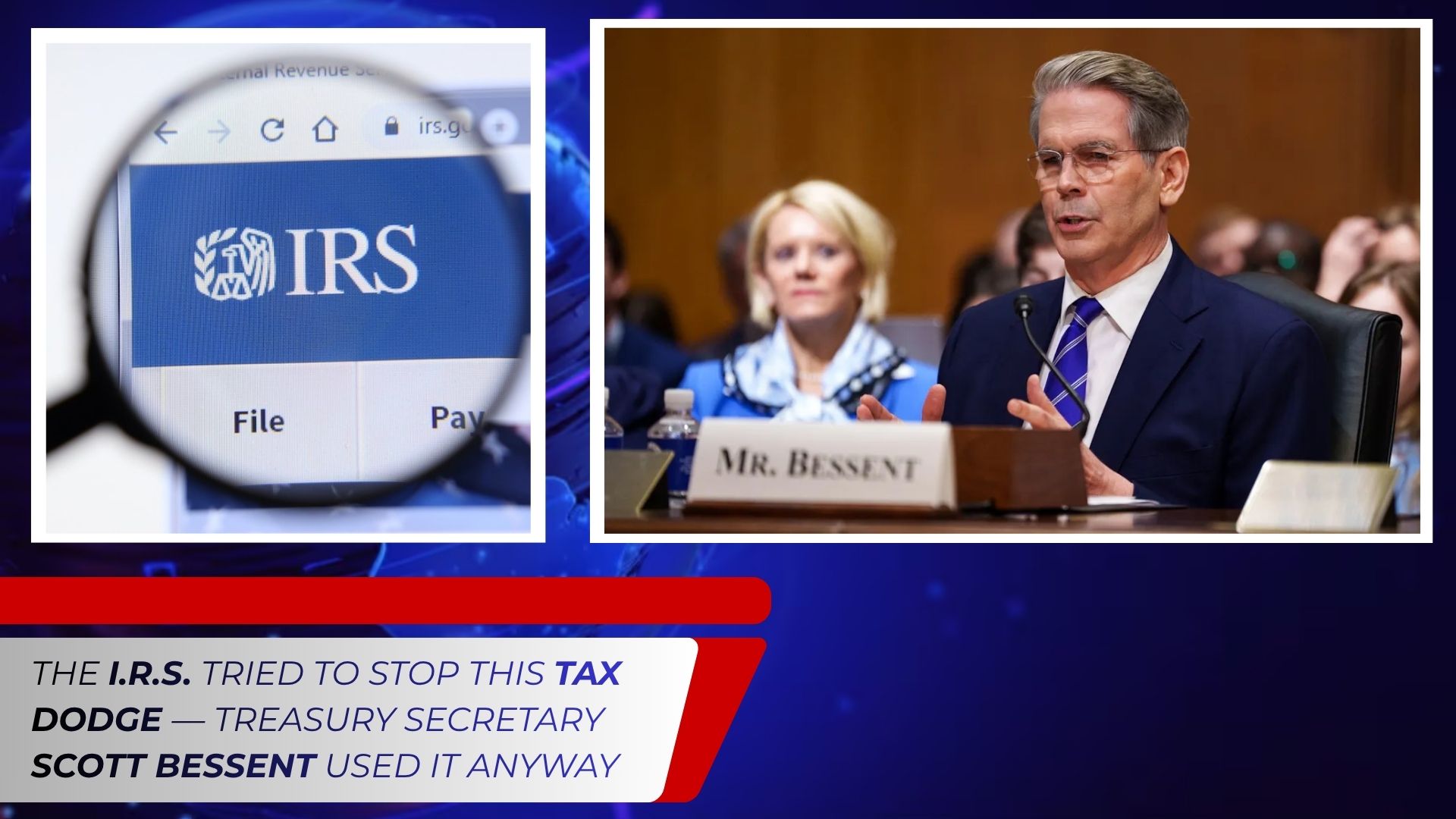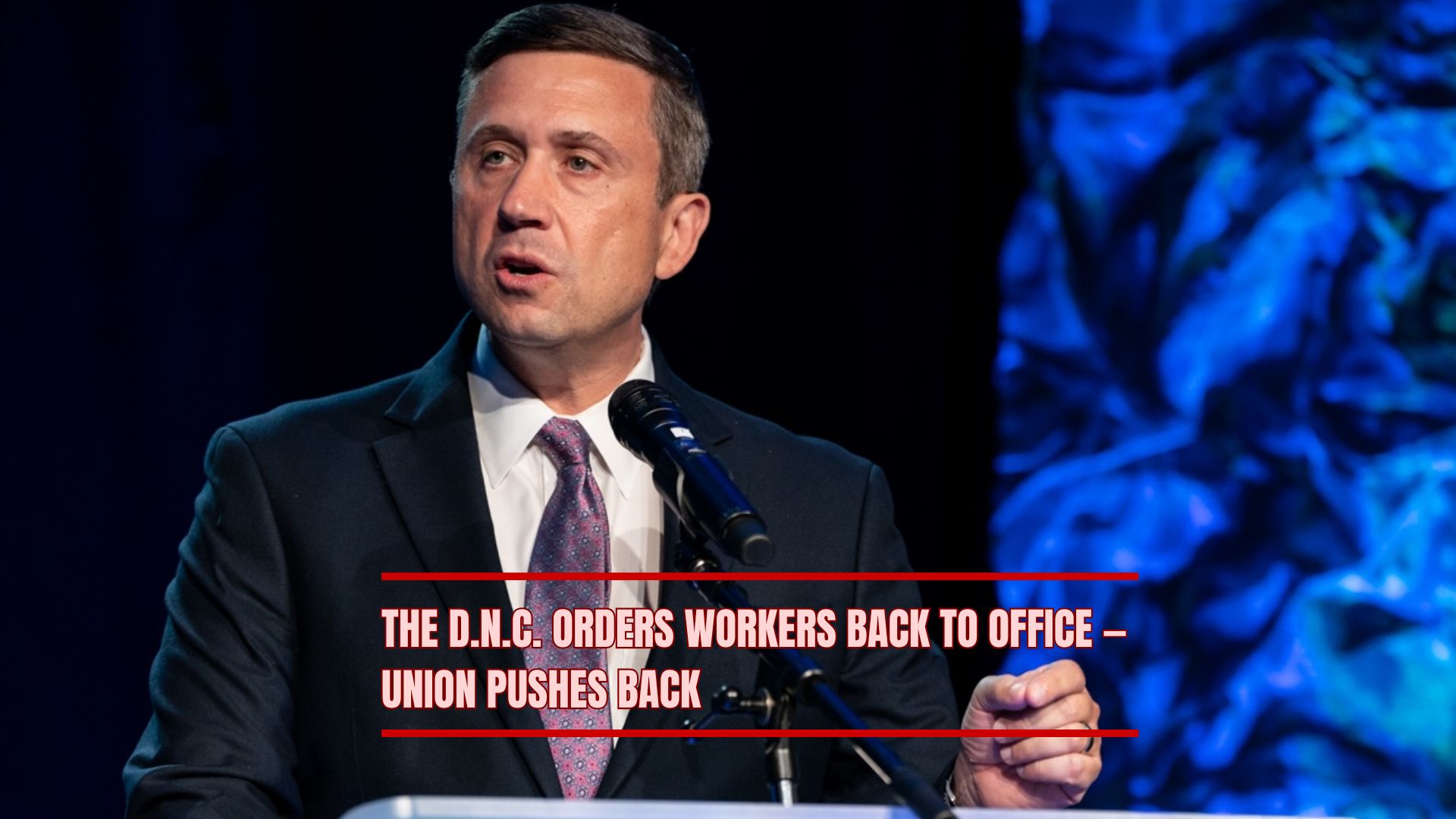Former President Barack Obama joined California Governor Gavin Newsom on October 22 for a virtual volunteer rally advocating support for Proposition 50, a ballot measure designed to allow California to temporarily redraw its congressional maps in response to mid-decade redistricting efforts in other states. Speaking to thousands of volunteers via livestream, Obama positioned the initiative as part of a larger effort to safeguard democratic processes nationwide.
“It is important for all of you to understand that what is at stake here is not simply how many delegates from the Democratic Party or Republican Party are elected in 2026,” Obama said. “There’s a broader principle at stake that has to do with whether or not our democracy can be manipulated by those who are already empowered to entrench themselves further, or whether we’re going to have a system that allows the people to decide who’s going to represent them.”
What Prop 50 Would Do
Proposition 50 would grant the California Legislature temporary authority to revise the state’s congressional boundaries to offset mid-decade redistricting enacted by other states, particularly those led by Republican legislatures seeking to adjust districts in their favor.
Under the measure, this temporary authority would last until 2031, when the state’s independent redistricting commission—the standard body responsible under California’s constitution—would regain control following the completion of the 2030 census.
Newsom described the measure as a defensive response to what he called an “unprecedented effort to rig the 2026 election before a single vote was cast.” He argued that Prop 50 allows California voters to “fight fire with fire” by approving temporary maps through the Legislature in order to counter gerrymandering in other states.
“More than a million people have already contributed their time and resources to this campaign,” Newsom said. “This is a grassroots effort to ensure Californians have a say in protecting their representation.”
National Context of Redistricting Battles
Prop 50 comes amid a wave of mid-decade redistricting initiatives in Republican-led states that could shift House seats in their favor ahead of the 2026 elections.
- On October 22, North Carolina lawmakers passed the Realign Congressional Districts Act, redrawing Democratic-leaning districts into Republican-leaning ones. The law, passed along party lines, was enacted immediately and cannot be vetoed by the Democratic governor. Analysts suggest the new map could flip the First District, currently held by Rep. Don Davis (D-N.C.), to Republican control in 2026. Republican leaders indicated their actions were in direct response to California’s Prop 50 proposal.
- Texas Governor Greg Abbott signed a similar measure in August, redistricting House seats around Austin, Dallas, and Houston to favor Republican candidates.
Other states, including Ohio, Kansas, and Indiana, are also engaging in redistricting discussions, signaling a broader trend of mid-decade adjustments aimed at consolidating partisan advantage. Republican officials defend these actions as lawful exercises of state authority, and former President Donald Trump has publicly endorsed and encouraged such efforts.
Significance for California
Supporters of Prop 50 argue that without such a measure, California could face disproportionate representation losses as Republican-controlled states leverage mid-decade redistricting to gain congressional seats. By granting temporary authority to the Legislature, California seeks to ensure that its congressional delegation remains fairly representative of its population until the 2030 census resets the official redistricting process.
Critics, however, warn that any temporary legislative control over redistricting could politicize the process and may raise concerns about fairness and partisanship within the state itself. Nonetheless, both Obama and Newsom framed the measure as a necessary defensive action to maintain balance in the federal representation landscape.
“California’s voters deserve to have their voices heard and their representation protected,” Obama said during the livestream. “Prop 50 is not about partisan advantage; it is about ensuring that the principles of democracy endure in every state.”
Mobilization Efforts
The campaign for Prop 50 has leveraged volunteer networks and digital platforms to engage voters, with Obama and Newsom emphasizing the importance of grassroots participation. The virtual rally included thousands of attendees and provided instructions for canvassing, phone banking, and digital outreach.
Organizers highlighted that mid-decade redistricting in Republican-led states has created urgency for California voters to act ahead of the November 4 special election, when Prop 50 will appear on the ballot. The initiative has become a flashpoint in a larger national debate over voter representation, partisan redistricting, and electoral fairness.
Conclusion
Proposition 50 represents a significant moment in California’s ongoing efforts to maintain fair representation amid nationwide partisan redistricting strategies. With former President Obama and Governor Newsom at the forefront of the campaign, supporters are mobilizing volunteers and resources to ensure voter awareness and engagement.
As the nation observes mid-decade redistricting efforts in multiple states, California’s approach through Prop 50 may serve as a model or countermeasure for other states seeking to protect the democratic principle of fair representation, highlighting the growing national debate over gerrymandering and electoral integrity ahead of the 2026 midterm elections.
%20(4).png)



